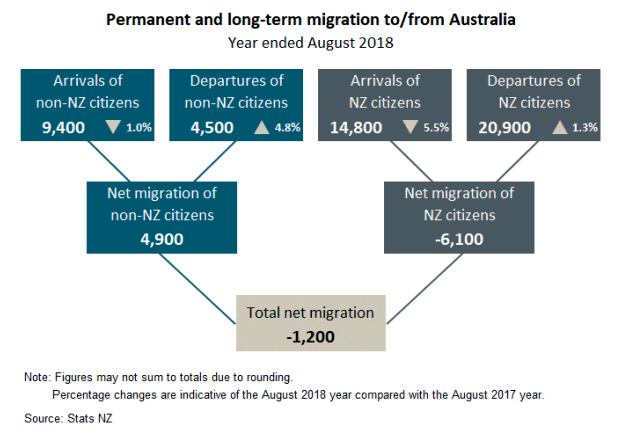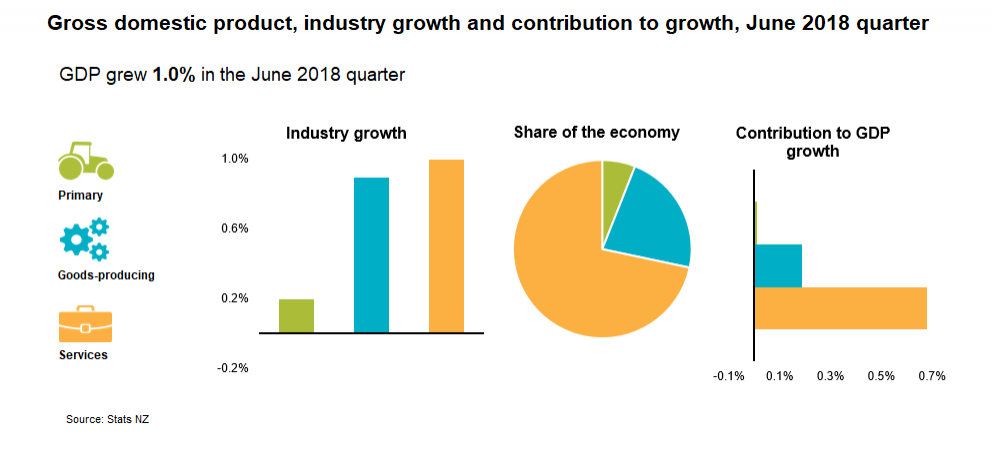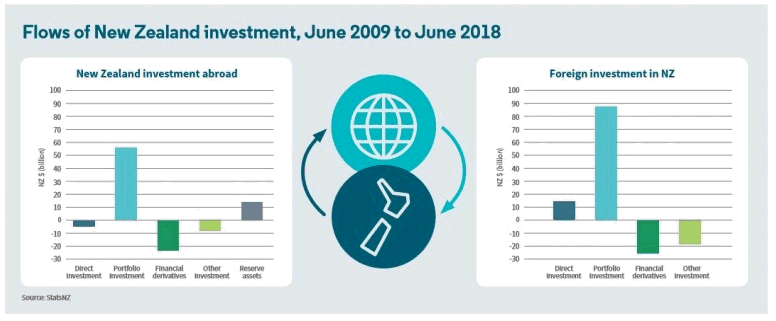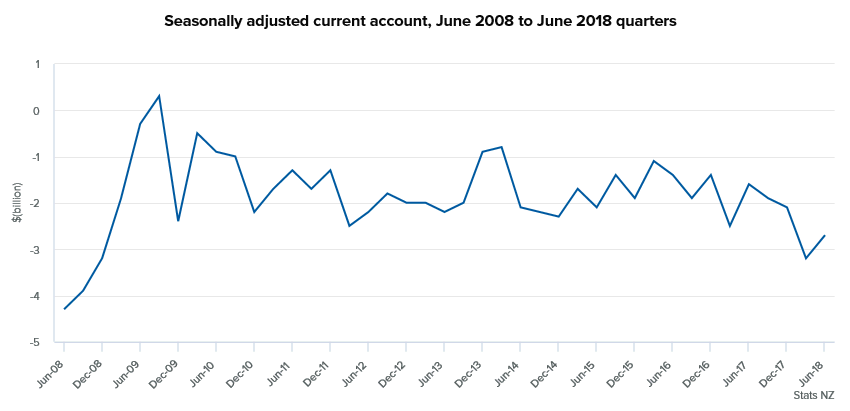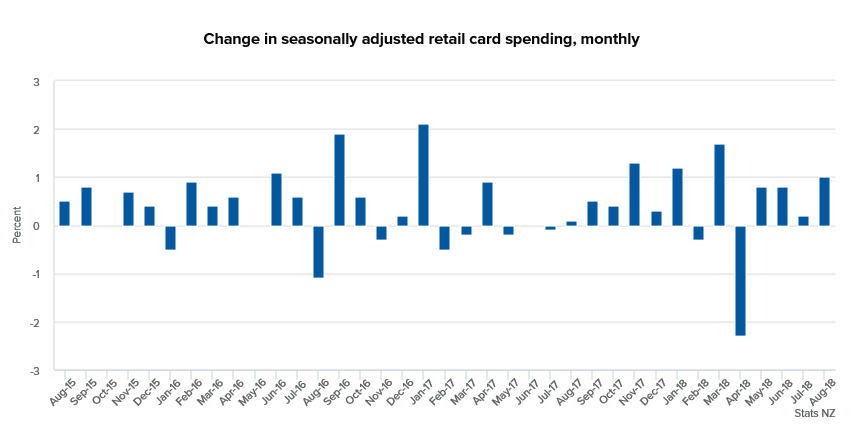Half of New Zealanders say te reo Māori should be taught at primary school – 14 September 2018
More than half (53 percent) of New Zealanders say te reo Māori should be a core subject in primary schools, Stats NZ said today.
Data about attitudes to the Māori language was collected for the first time in New Zealand’s biggest survey of well-being – the General Social Survey (GSS) 2016.
“Te reo Māori is recognised as a taonga, or treasure, for all New Zealanders,” labour market and household statistics senior manager Jason Attewell said. ‘‘The GSS survey shows about half of New Zealanders have positive attitudes to te reo Māori.”
Over half (53 percent) of New Zealanders said they strongly agreed or agreed ‘Māori should be a core subject in primary schools’.
The GSS also asked whether ‘Government should encourage and support the use of Māori in everyday situations’. Almost half (49 percent) of adult New Zealanders said they strongly agreed or agreed with this statement. About 45 percent supported the statement ‘Signage should be both in Māori and English’. Thirty-five percent strongly agreed and agreed with the statement ‘It would be good if all people living in New Zealand spoke Māori and English’.
Nearly half of New Zealanders had used at least some te reo words or phrases in the previous four weeks
The 2016 GSS also recorded people’s ability to use te reo Māori in day-to-day conversations.
“Only 6 in 100 New Zealanders say they can kōrero i te reo Māori or speak Māori very well, well, or fairly well,” Mr Attewell said. “However, more than half of New Zealanders commonly use te reo words or phrases.”
More than a third of those surveyed said it would be a good idea if all New Zealanders spoke both languages.
‘Very well’ means they can talk about almost anything in te reo, ‘well’ means they can talk about many things, and ‘fairly well’ means they can talk about some things in Māori.
In the 2013 Census, 148,395 people said they spoke Māori, compared with 157,110 in 2006.
Strongest support from New Zealanders aged 15 to 44
Support for te reo was strongest among New Zealanders aged 15–44 years (see graph below).

The 15–44-year age group was more likely to strongly agree or agree with the statements about the Māori language, particularly on using te reo Māori everyday and as a core subject in primary schools. Those aged over 65 were the least likely to support these statements.
E ai ki te kotahi haurua o ngā tāngata o Aotearoa, me whakaako te reo Māori i te kura tuatahi
E ai ki neke atu i te haurua (53 ōrau) o ngā tāngata o Aotearoa, me whakanoho te reo Māori hei kaupapa matua i te kura tuatahi, e ai ki Tatauranga Aotearoa, i tēnei rangi.
I kohia he raraunga mō ngā waiaro o te tangata mō te reo Māori i te rangahau nui rawa o te toiora o te tangata – te Tirohanga Pāpori Whānui (GSS) o te tau 2016. Kātahi anō ngā tāngata ka uia mō tēnei āhua.
“E whakaponotia ana he taonga te reo Māori mō Aotearoa,” e ai ki te kaiwhakahaere matua mō ngā taunga hunga mahi me te kāingā, a Jason Attewell. “Tā te tirohanga GSS he whakaatu mai kei tōna haurua o ngā tāngata o Aotearoa he whakapai ngā waiaro ki te reo Māori.”
Kei runga ake i te 53 ōrau o ngā tāngata o Aotearoa e kī ana e tino whakaae ana, e whakaae ana rānei ‘me noho ko te reo Māori hei kaupapa matua i ngā kura tuatahi.’
I ui hoki te GSS mehemea ‘me whakatenatena, me tautoko hoki te Kāwanatanga i te whakamahinga o te reo Māori i ngā āhuatanga o ia rā.’ Tata ki te haurua (49 ōrau) o ngā tāngata pakeke o Aotearoa e kī ana e tino whakaae ana, e whakaae ana rānei ki tēnei whakapuaki. Kei tōna 45 ōrau i tautoko i te whakapuaki ‘Me puta reo rua ngā pānui ki te reo Māori me te reo Pākehā’. Toru tekau mā rima ōrau e tino whakaae ana, e whakaae ana rānei ki te whakapuaki ‘He mea pai kia mōhio ngā tāngata katoa e noho ana i Aotearoa ki te kōrero i te reo Māori me te reo Pākehā.’
Tata ki te haurua o ngā tāngata o Aotearoa kua whakaputa i ētahi kupu reo Māori, whakapuaki reo rānei i ngā wiki e whā ki muri
I hopu hoki te GSS 0 te tau 2016 i te āhei o te tangata ki te whakamahi i te reo Māori i ngā kōrerorero o ia rā.
“E 6 noa iho i roto i te 100 tāngata o Aotearoa e kī ana, ka āhei rātou te kōrero i te reo Māori, he tino kaha, he kaha, he āhua kaha hoki ki te kōrero Māori” ki tā Attewell. “Ahakoa rā, neke atu i te haurua o ngā tāngata o Aotearoa he whakamahi i ngā kupu me ngā kīanga reo Māori.”
Neke atu i te hautoru o te hunga i uia i kī, he whakaaro pai kia kōrero ngā tāngata katoa o Aotearoa i ngā reo e rua.
Te tikanga o “tino kaha” ka taea te kōrero mō ngā mea katoa ki te reo, te tikanga o “kaha” he mōhio ki te kōrero mō ngā mea maha, te tikanga o “āhua kaha” ka taea te kōrero mō ētahi āhuatanga ki te reo Māori.
I te Tatauranga 2013, 148,395 ngā tāngata i kī, e kōrero Māori ana rātou, hei whakaritenga ki tōna 157,110 tāngata i 2006.
Ko te tino tautoko pakari nā ngā tāngata o Aotearoa i waenga i te 15 ki te 44 tau te pakeke
I tino kaha rawa te tautoko o te reo e te hunga o Aotearoa i waenga i te 15-44 tau te pakeke (tirohia te kauwhata i raro iho nei).

Ko te reanga 15-44 tau te rōpū i tino whakaae, i whakaae rānei ki ngā whakapuaki mō te reo Māori, otirā mō te whakamahinga i te reo Māori ia rā, hei kaupapa matua hoki i ngā kura tuatahi. Ko ērā kei runga ake i te 65 tau te hunga ka taea te matapae kāore e tautoko i ēnei whakapuaki.
Ngā uiui a te hunga pāpāho
For more information about these statistics:





